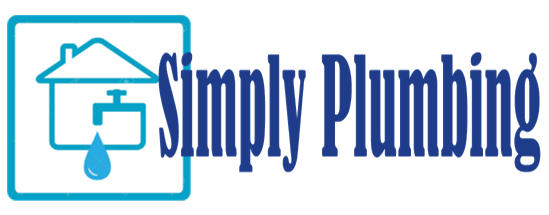Ball Or Float Valves
Plastic Waste Pipe
July 18, 2014PVC Pipes
August 18, 2014A widely employed method of having control of the flow of water into water cylinders and cisterns is by the use of a ball valve. The float valve has been around forever, and is usually constructed by amalgamating a ball of plastic or rubber on an extended arm, with this ball being lifted up and down by a water level. Put simply, a ball floating on the water in the tank or cistern acts on an arm attached to an inlet valve which controls the water supply, so as the ball and its arm lowers as the water leaves perhaps to flush etc., the inlet valve is opened and lets water into the tank, then as the water level raises, the ball and arm raise and at a pre set point shuts off the valve and water supply. Leyton Plumbers can fit new valves. There sis another version of this type of valve called the Portsmouth-Type which is made from brass and is very durable. It works by a cylindrical plug that moves back and forward in a horizontal chamber. As ball float raises to the ‘up’ position, the other end of the float arm pushes the plug through the chamber, resulting in a rubber disc at the end of the plug being forced against the water inlet nozzle and stops the water. A Leyton Plumber always carries the correct tools. When the ball float falls to the ‘down’ position, the float arm draws the plug back through the chamber, resulting in the same rubber disc located at the end of the plug being drawn away from the water inlet nozzle, which allowing the flow of water to fill the cistern. There is a valve called a Croydon Valve which is a variant of the Portsmouth type. It works in a similar way, but the internal plug or slider operates in the vertical plane instead of the horizontal.

